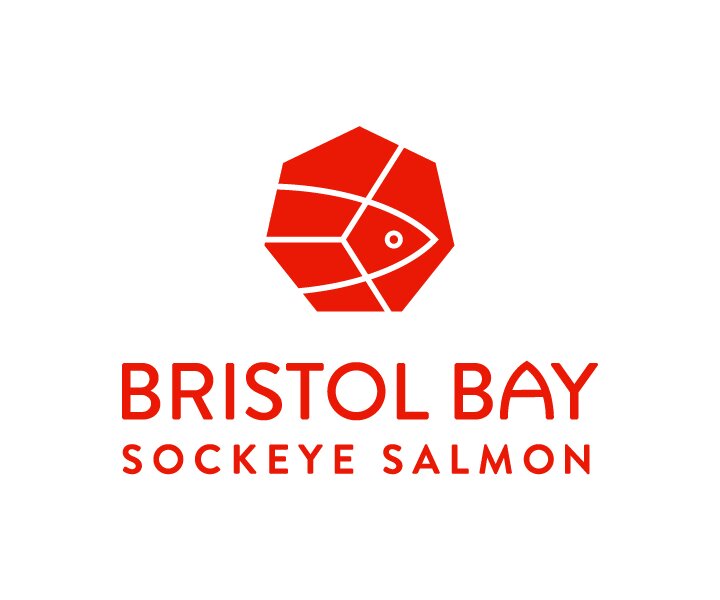FOR IMMEDIATE RELEASE
Thursday, February 21, 2019
Contact:
Andy Wink, Executive Director
Bristol Bay Regional Seafood Development Association
907-677-2371
Sitka, AK - In response to the Army Corps of Engineers’ release yesterday of its Draft Environmental Impact Statement (DEIS) required for federal permitting of the proposed Pebble Mine in Bristol Bay, Alaska, Andy Wink, the Executive Director of the Bristol Bay Regional Seafood Development Association released the following statement:
The Bristol Bay Regional Seafood Development Association (BBRSDA), which is financially supported by over 1,800 regional commercial fishing businesses and strongly opposes large-scale mining in the Bristol Bay watershed, is outraged at the irresponsible and negligent conduct unfolding in the proposed Pebble Mine permitting process. A 90-day comment period is far too short of a time period to review and comment on the recently released Draft Environmental Impact Statement (EIS).
The speed at which insufficient materials are being pushed through this mine’s permitting process is irresponsible given that the Bristol Bay salmon ecosystem is a biological wonder of the world. This region contains the world’s largest wild salmon runs, which have supported a rich culture for millennia and sustained a thriving commercial fishery for more than 130 years. The Bristol Bay region accounted for approximately half of the entire U.S. commercial salmon harvest value last year (producing a preliminary salmon harvest of 233 million pounds worth $281 million to commercial fishermen).
Bristol Bay is home to the most valuable wild salmon fishery in the world and is the crown jewel of Alaska’s salmon industry. Despite the presence of this global treasure, the U.S. Army Corps of Engineers (USACE) scoping reports were severely lacking and do not address many important concerns raised during the public comment period. Specifically, the USACE scoping report did not recognize the virtual certainty of acid mine drainage or how contaminants would be hard to contain given the region’s porous hydrology, in addition to many other shortcomings.
Astonishingly, the draft scoping report was released in May 2018 and is nearly identical to the final scoping report released just a few months later in August 2018. Now, the USACE plans to open a 90-day public comment period to review a massive Draft EIS document.
The lack of adequate time for public comment and the unresponsiveness of USACE’s final scoping report to address public comments is neglectful to the people who rely on salmon for survival and livelihood. The Pebble Limited Partnership claims the project will create 850 jobs during mine production, but these temporary, new jobs come at the risk of far more existing jobs that rely on sustainable salmon runs. The Bristol Bay commercial fishery directly employs 14,800 men and women in Alaska, and the fishery creates an additional 8,600 downstream and secondary U.S. jobs (Economic Benefits of the Bristol Bay Salmon Industry, July 2018 – link). In fact, this fishery directly employs over three times as many workers as Alaska’s entire metal and mineral mining sectors. In addition, there are thousands more who rely on Bristol Bay salmon for subsistence purposes or sportfishing-related jobs. All these stakeholders deserve a reasonable amount of time to understand the Draft EIS and submit a public comment about a mining development which could drastically alter the fate of their lives. Anything less is simply negligence on the part of government.
Furthermore, even if large-scale mining and salmon can somehow coexist for eternity in Bristol Bay, there will likely be irreparable damage to the consumer perception of Bristol Bay salmon. The BBRSDA has invested over $1 million in marketing Bristol Bay salmon, with promotions in over 1,000 U.S. stores last year. Pristine habitat is a key selling point for Alaska salmon, and therefore a large, open-pit mine in the headwaters of Bristol Bay has the very real potential to damage the value of fishery resources regardless of the mine’s impacts on salmon habitats. A negative perception of the mine would likely affect Alaska salmon fisheries in other regions too, similar to how the Exxon Valdez Oil Spill negatively impacted markets for fisheries in regions unaffected by the disaster.
Our membership is also concerned that the USACE is not adequately considering the findings of the Environmental Protection Agency’s Watershed Assessment which found that a mine of this size would pose an unacceptable risk having the world’s largest open pit mine using untested technology at the headwaters of the world’s largest wild salmon run.
The BBRSDA joins other local groups in calling for a longer comment period for the Draft EIS, but fears this process is not thorough or objective and will end in a predetermined outcome.
###
About the BBRSDA: The mission of the Bristol Bay Regional Seafood Development Association (BBRSDA) is to increase the value of Bristol Bay seafood products for the benefit of fishermen. The organization funds activities that promote fishery products, elevate fish quality at the point of harvest, and support resource sustainability.







